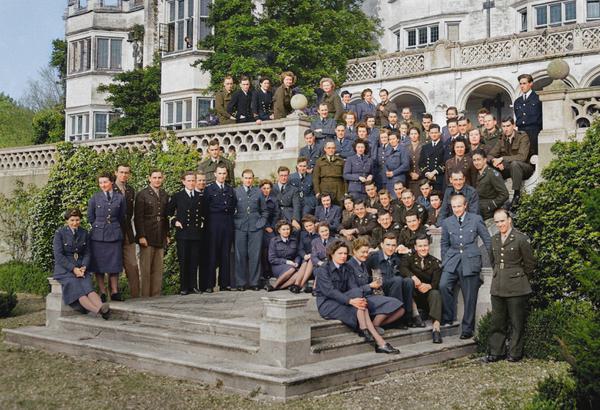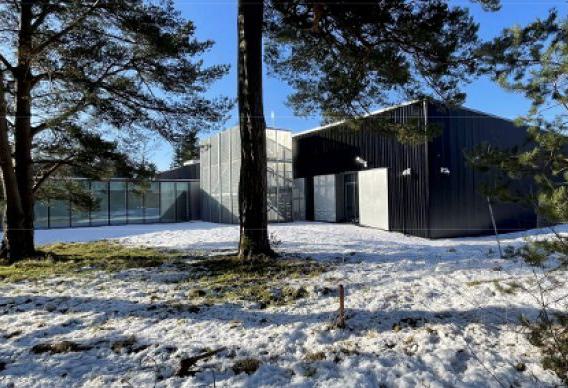Directorate of Overseas Surveys Partnership
The Directorate of Overseas Surveys (DOS) Collection was identified as a potential goldmine of historic climate change data by an international team from Stockholm University and the University of California (Berkeley). With their collaboration, the DOS Project was grant-funded by the Bank of Sweden Tercentenary Foundation, through which we launched a pioneering automated digitisation programme.
Saving the Archive
The DOS Collection comprises almost 1.7 million images, taken throughout British colonial territories between 1946 and 1994. This photography provides a unique historical perspective and is in effect a 'Doomsday Book' of the Commonwealth. The 3D stereoscopic aerial photography in the DOS Collection records the changing urban and rural landscapes of large parts of the Commonwealth throughout the second half of the twentieth century.
In 2012, the National Collection of Aerial Photography (NCAP) saved the DOS Collection from certain destruction following the sudden closure of its previous host museum, quickly moving the photographs and related documents to Edinburgh. Three years later NCAP was approached by Andreas Madestam and Anna Tompsett of Stockholm University, who expressed an interest in working with NCAP to unlock the Collection's enormous potential for climate change research. It took another three years before funding for the prospective project was found, from the Bank of Sweden Tercentenary Foundation, at which time Solomon Hsiang at the University of California (Berkeley) also became involved.
An international partnership
This collaboration led to the DOS Project officially starting in 2021, a major partnership between Historic Environment Scotland (HES), the Department of Economics at Stockholm University and the Department of Agricultural & Resource Economics at the University of California (Berkeley). In a little over two years, the entire DOS Collection - nearly 1.7 million images - was digitised thanks to the innovative use of specially adapted robots.
Following the digitisation by NCAP, our international partners are digitally stitching together the images to create merged, georeferenced mosaics that resemble modern satellite imagery. The metamorphosis of these black and white paper prints into digital mosaics will transform the availability of historical data that records global environmental change over the past century. The data will increase understanding of the causes and consequences of environmental change - including biodiversity loss, deforestation and climate change.
Stockholm University - external University of California (Berkeley) - external
IN THIS SECTION

National Archives and Records Administration
In 2016, NCAP began a partnership with NARA to copy its extensive holdings of aerial photography, with a particular focus on images from the Second World War.

The Medmenham Association
With significant elements of the NCAP collection originating from RAF Medmenham, our relationship with the Medmenham Association remains a valuable one.

The University of Edinburgh - external
NCAP is committed to collaborating with staff and students at the University of Edinburgh, to further understanding of our collection and provide valuable research opportunities.

Edinburgh Parallel Computing Centre
NCAP has been an early adopter of EIDF, providing them with our huge dataset of photographic images to work with while accessing their critical mass of expertise in return.